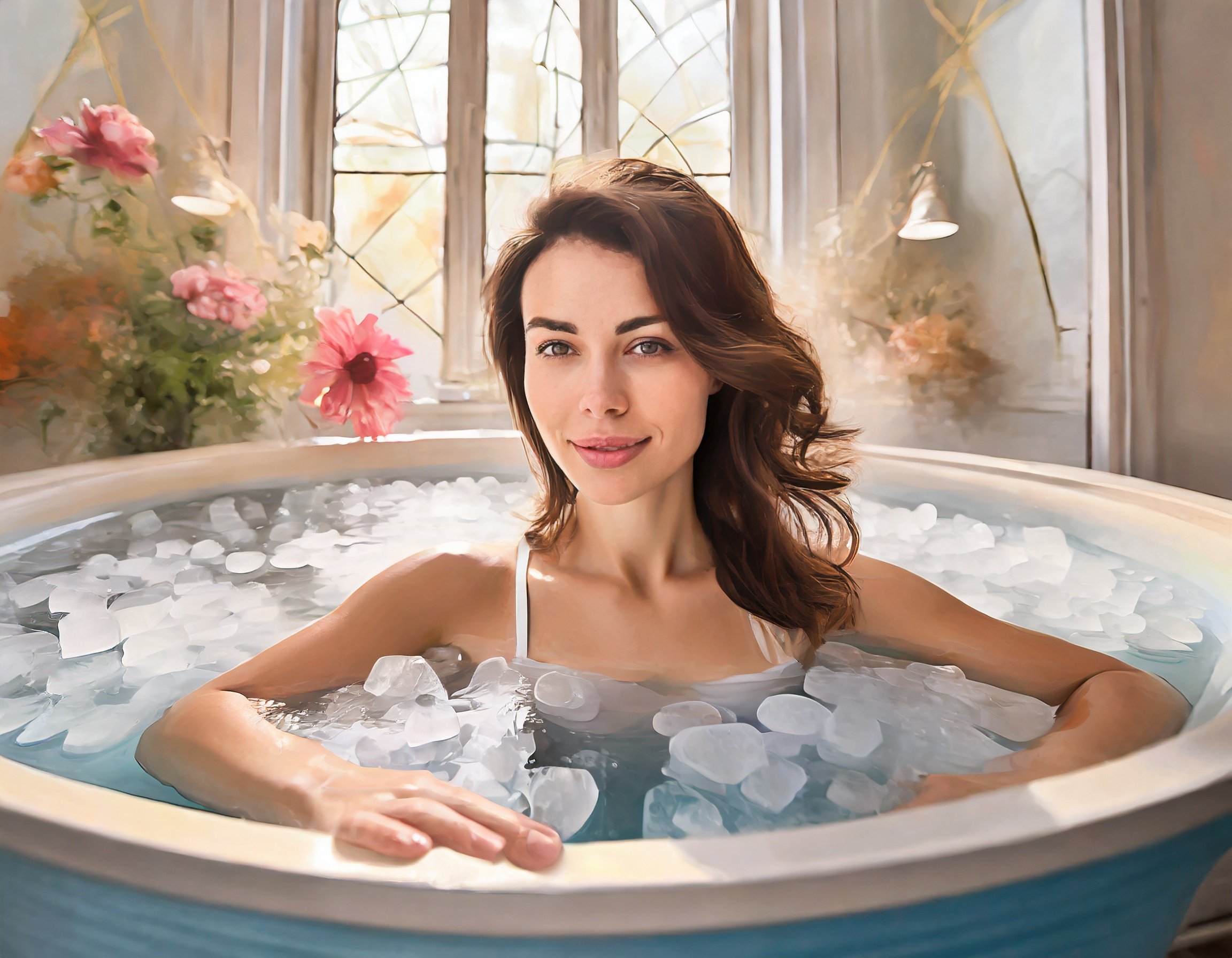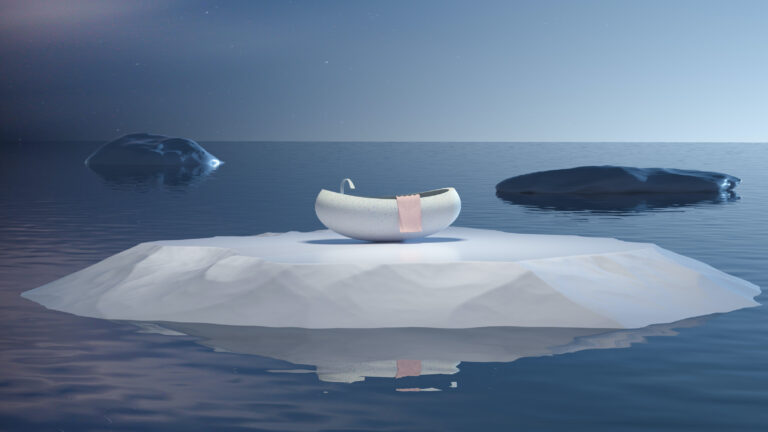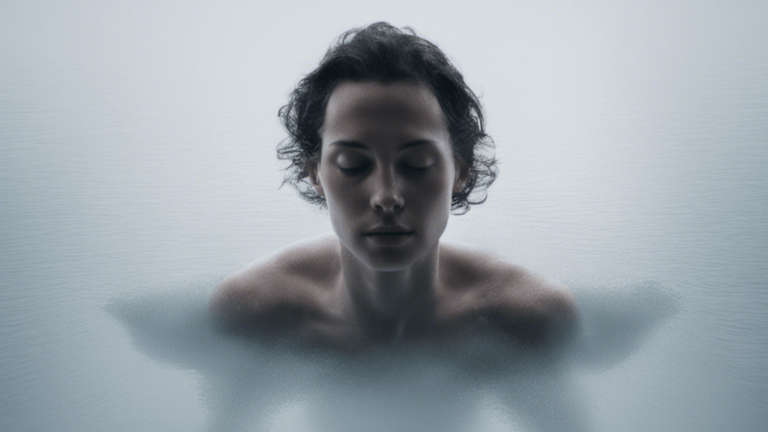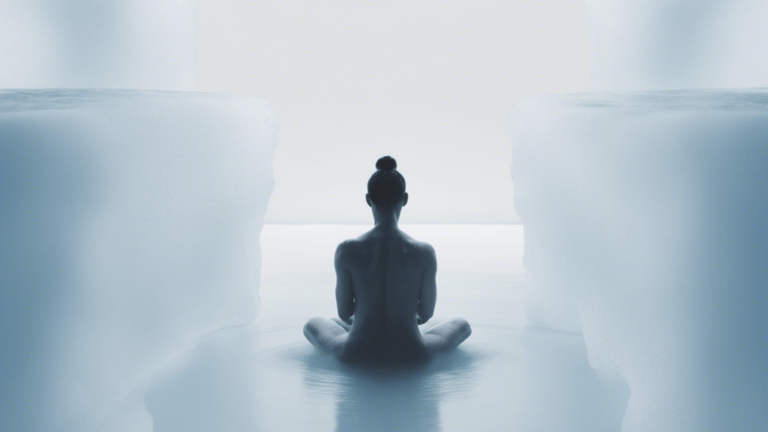How long should you be in an ice bath?

Introduction to Ice Baths
Ice baths, also known as cold water immersion or cold water therapy, are a very popular wellness practice today. This practice is even more prevalent in sports and wellness circles. Athletes, fitness enthusiasts, and wellness-conscious people have adopted cold water immersion for its remarkable health benefits.
Ice bath involves immersing yourself in icy cold water. It is a centuries-old practice but has gained immense recognition over the past few years. Earlier, the use of ice baths was only limited to athletes and those involved in intense physical activities. However, as studies reveal the benefits of this practice, people from all walks of life are starting to consider it.
The Debate Over Ice Bath Duration
As more and more people are adopting ice baths, the questions and confusion regarding this wellness practice are also increasing. One common question that beginners ask is, “How long should you be in an ice bath?”
This question is important as the benefits of ice baths are dependent on this question. If you take ice baths for a very short duration, you may not be able to experience the remarkable benefits of ice baths. On the other hand, if you stay in the ice baths for too long, you will be at risk of adverse effects of ice baths.
To answer the question about the ideal duration of ice baths, we need to understand the science behind the working of ice baths.

How Ice Baths Work
When you expose your body to the extremely cold temperature of ice baths, it undergoes several physiological changes. These changes are responsible for the benefits of ice baths on the body.
Immediate Physiological Response
Ice baths and extreme cold act as controlled shocks for your body. When cold water comes in contact with your skin, your body initiates a “fight or flight” response. It is a type of survival response that helps your body to deal with immediate risk or stress. In the fight or flight response, there is an increase in heart rate, breathing rate, and vasoconstriction.
Vasoconstriction decreases the blood supply to the extremities while the body retains most of the blood in its core. This helps the body regulate its core temperature, which is an important part of the survival mechanism.
Exposure to cold water in ice baths also triggers the release of endorphins. Endorphins are the feel-good hormones in the body that enhance mood and create a sense of well-being. They have a positive effect on the nervous system and contribute to the psychological benefits of ice baths.
Long-term Adaptations
After the initial response to the cold, your body undergoes several changes to balance the body’s activities. For example, the shock from ice baths results in vasoconstriction, but after a few minutes in the ice bath, your body triggers vasodilation. Vasodilation also occurs when you leave the ice bath and warm up again.
Vasodilation opens the blood vessels and increases the blood supply to the extremities. Your muscles get more oxygen and nutrients through improved blood supply. This also removes muscle waste and restores their functioning.
In the long term, this repeated cycle of vasoconstriction and vasodilation positively impacts the circulatory system. The repeated exposure to the controlled shock of ice baths also creates mental resilience, which helps you deal with daily life stressors effectively.

Recommended Duration for Ice Baths
There is no specific duration for ice baths that one can recommend for everyone. The ideal duration varies for each individual depending on the following factors:
Personal Cold Tolerence
Every individual is different in terms of their genetic makeup, body type, and environmental factors. This is why it is common for individuals to respond differently to the same stimuli. Similarly, everyone has a different capacity and tolerance against cold.
Some can bear the extremely cold temperatures of ice baths for a long time. Others may be unable to stay in ice baths for more than a few minutes. Thus, your tolerance against cold plays a major role in determining the ideal duration for ice baths.
If you can deal with cold temperatures, you can take ice baths for a maximum of 20 minutes. However, if you are very sensitive to cold, always start with shorter durations. Your body takes time to adapt to the temperature changes. With consistent exposure to ice baths, your body gradually increases its tolerance to cold, and you can increase the duration of ice baths accordingly.
Purpose of the Bath
The purpose for which you are taking an ice bath is also essential in determining the ideal duration. For example, if you’re an athlete or perform intense workouts, you need to stay in the ice bath for longer. The benefits of ice baths for you, such as recovery and performance boosts, depend on a series of physiological changes in the body, requiring more time.
Studies show that the best duration for recovery and muscle performance is about 11 to 15 minutes. Even if you feel that you can stay longer than this, the duration shouldn’t exceed 20 minutes.
On the other hand, if you are taking an ice bath just for psychological benefits, the ideal duration is different for you. For psychological benefits, such as endorphin release or building mental resilience, 2 to 3 minutes of an ice bath can work for you.
Medical Guidelines and Suggestions
Health experts suggest taking preventive measures and following guidelines before exposing yourself to extreme temperatures. Especially if you have heart problems, you need to be extremely careful about your exposure to cold water, as cold can put stress on your cardiovascular system.
The guidelines include starting ice baths with mildly cold temperatures and shorter durations. If you are scared of immersing your full body in the ice bath, start by exposing your feet and legs to the cold water of the ice bath. As your body adapts to the cold temperature, you can increase the duration and lower the temperature of ice baths for enhanced effects.
Keep in mind that even if you have a high tolerance against cold or you want to gain maximum benefits, moderation is key when it comes to ice baths.

Safe Techniques for Longer Ice Baths
Longer durations in ice baths, preferably around 11 to 15 minutes, offer remarkable benefits for recovery and performance. However, not everyone can stay in ice baths for that long. So, if you are sensitive to cold temperatures but also want to increase your time in ice baths, you can achieve that safely by:
Gradual Adaptation
Your body has the potential to adapt to environmental changes. Similarly, studies show that your body can also adapt to extremely cold temperatures when exposed repeatedly. However, this adaptation is a gradual process which takes time. Keeping this in mind, you can increase your time in ice baths by starting with shorter durations.
Increase the duration slowly as you start feeling comfortable in the cold temperature of the ice bath. This gradual increase in exposure will give your body the time it needs to adapt to the cold temperatures. Thus, you can achieve your ideal duration for ice baths without the risk of adverse effects.
Best Practices for Ice Baths
The following measures can help you increase your time in ice baths and prevent the adverse effects of cold temperatures:
- Always pay attention to your body’s response to cold exposure. If your body is sensitive to cold and you can’t stay in the ice bath for longer, don’t go against your body.
- You should never go for an ice bath immediately after a workout session. Immediate exposure to cold water after workouts can negatively impact muscle growth and adaptation. Experts suggest that if your goal is to build muscle strength and size, you should take the ice bath 24 to 48 hours after a workout session.
- Immerse your body in the ice bath so that the water reaches your neck, and your head should stay above the water. Head immersion in cold water can lead to respiratory problems and rapid heat loss from the body. As mentioned on a recent Huberman Lab podcast called “Dr. Susanna Sobert: How to Use Cold & Heat Exposure to Improve Your Health,” submerging to the neck reduces your body heat by 11%, while dunking the head reduces body heat by 35%.
- Lastly, if you are a beginner, always prefer taking ice baths under the supervision of an expert. Also, if you have some underlying health condition, consult your healthcare professional before practicing ice baths.

Benefits of Recommended Ice Bath Duration
If you take ice baths for a recommended duration, you can experience immense benefits of ice baths. Some of the key benefits are improved physical and psychological health and enhanced athletic performance.
Physical Benefits
The physical benefits of ice baths include the following:
Improved Recovery Times
Scientific studies prove that ice baths are effective in improving recovery. A 2016 study published in the Journal of Athletic Training reveals that ice baths reduce muscle soreness and boost muscle recovery.
Exercise builds up lactic acid in the muscles, reducing muscle performance and delaying recovery. A study shows that ice baths can remove wastes, such as lactic acid, from the muscles, improving recovery times.
Similarly, a study published in the Journal of Physical Therapy in Sports shows that cold water immersion is effective in managing delayed-onset muscle soreness (DOMS). By reducing soreness and damage, ice baths help the muscles in quicker recovery.
Reduced Inflammation
Intense physical activities and workouts cause swelling and inflammation of the tissues. Cold water therapy reduces the effects of heat on the tissues, reducing swelling and inflammation. It also reduces the blood supply to the muscles by causing vasoconstriction, reducing inflammation at the affected site.
Improved Sleep
Studies show that cold water immersion eliminates fatigue, which is effective for better sleep and relaxation. Another study shows that cold temperatures stimulate the production and release of melatonin. Melatonin is a natural hormone that helps with sleep.
A 2019 study found that cold water therapy after training sessions improved sleep quality in soccer players.
Psychological Benefits
The psychological benefits of ice baths include the following:
Boosted Mood
You may have heard people saying that it feels good and refreshing after ice baths. Studies show that ice baths trigger the release of endorphins, also called happiness hormones. Endorphins enhance your mood and make you feel relaxed.
Mental Clarity
When you are sitting in an ice bath, your mind is fully focused on only one thing, which is dealing with cold temperatures. Regular exposure to ice baths works as an exercise for your mind to achieve mental clarity and focus. Research shows that ice baths also reduce the symptoms of depression, promoting mental focus.
Enhanced Tolerance to Discomfort
When you willingly immerse yourself in freezing cold water, you choose discomfort for yourself. You stimulate your mind to deal with the stress of extreme temperatures. Thus, by practicing ice baths regularly, your mind develops tolerance against discomfort. This enhanced tolerance helps you manage daily life stressors and discomforts effectively.
Improved Athletic Performance
Ice baths benefit everyone, but if you are an athlete, ice baths can help you improve your athletic performance. Ice baths can boost your recovery after intense activity sessions, which helps you get back to the field in less time.
Studies also show that ice baths can improve athletic performance by reducing exercise-induced muscle damage. Ice baths also prevent delayed-onset muscle soreness (DOMS), reducing the gaps between your training and play sessions.

Conclusion: Key Takeaways on Ice Bath Duration
As much as the concept of ice baths sounds appealing, it is equally important to know about the correct techniques for an effective experience. One question that almost everyone who is new to this wellness practice has in their mind is, “How long should you be in an ice bath?”
The ideal duration of ice baths depends on various factors, which include your tolerance against cold, the purpose of the ice bath, and medical guidelines. If you are an athlete and want to get the physical benefits of ice baths, the recommended duration for you is 11 to 15 minutes. On the other hand, if you just want to enjoy the psychological benefits, a short duration of about 3 minutes is enough for you.
The duration of ice baths is directly related to their benefits. If you take an ice bath for the recommended duration, it can help you achieve enhanced recovery and performance. The other key benefits of ice baths include mental clarity, focus, and resilience.
In summary, correct techniques, including recommended duration and safety measures, make ice baths a remarkable choice for improving your well-being.







